SUMMARY: The Center for Complex Network Research (CCNR) has a simple objective: think networks. The Center’s research focuses on how networks emerge, what they look like, how they evolve, and how networks impact understanding of complex systems; applications range from the network of human diseases to controlling complex social, economical, and biological systems. CCNR is part of Northeastern University’s Network Science Institute, which brings together faculty, researchers, and students from diverse disciplinary backgrounds, joined together by their shared passion for networks. The Network Science Institute is part of the College of Science (COS).
The Administrative Operations Manager provides an array of organizational and administrative services, which include office management, events planning, financial administration, and/or special projects leadership. Responsibilities may include:
-
planning and implementing projects that impact the entire office and/or specific departments
-
analyzing and developing office or department budgets.
-
implementing division programs and requirements at the local office level.
-
researching vendors for office supplies/equipment and outsourcing services.
-
analyzing and projecting staffing needs.
-
planning office events and moves, and assisting with office space planning
KEY RESPONSIBILITIES AND ACCOUNTABILITIES:
General Office Operations
Plan and implement projects that impact the office and/or specific departments, including:
-
responding to inquiries
-
reviewing and tracking office or department budgets
-
implementing corporate programs and requirements
-
researching vendors for office supplies/equipment
-
data entry
-
managing visitors and special events
-
maintaining lab administrative archive and audit documentation.
Outreach & Event Coordination
Organize and plan meetings, conferences, and events, including site and vendor selection, marketing, registration processes, and providing on-site management. Some events expected to be organized and/or coordinated:
-
inaugural IQSS Art and Data Science Conference
-
2-3 professional development trainings (intellectual property and patents, health and safety, etc.) per year
-
4-5 lab social events per year
-
Network Science Institute Distinguished Speaker Series
-
sponsored research workshops for the International School and Conference on Network Science
Human Resources Support
Liaise with College HR to provide administrative support to CCNR faculty and staff. This includes:
-
requests for new positions and requisitions
-
immigration inquiries
-
scheduling interviews
-
onboarding and offboarding staff
-
tracking performance appraisals
-
tracking appointment end dates and renewals
Project Management
Participate in the development, management, and successful completion of special projects. Special projects may include:
-
managing and maintaining the art archive
-
shipping and tracking artworks sent to various national and international exhibits
-
managing and designing required capital project requests to lab space
APPLICATION INSTRUCTIONS: Interested candidates should submit an application consisting of (i) a current CV with publication lists, (ii) a brief statement of research experience and interests, and (iii) two letters of recommendation sent separately by the writers to: ccnrpostdoc@gmail.com. Please also submit application materials here: https://northeastern.wd1.myworkdayjobs.com/careers/job/Boston-MA-Main-Campus/Administrative-Operations-Manager_R128207











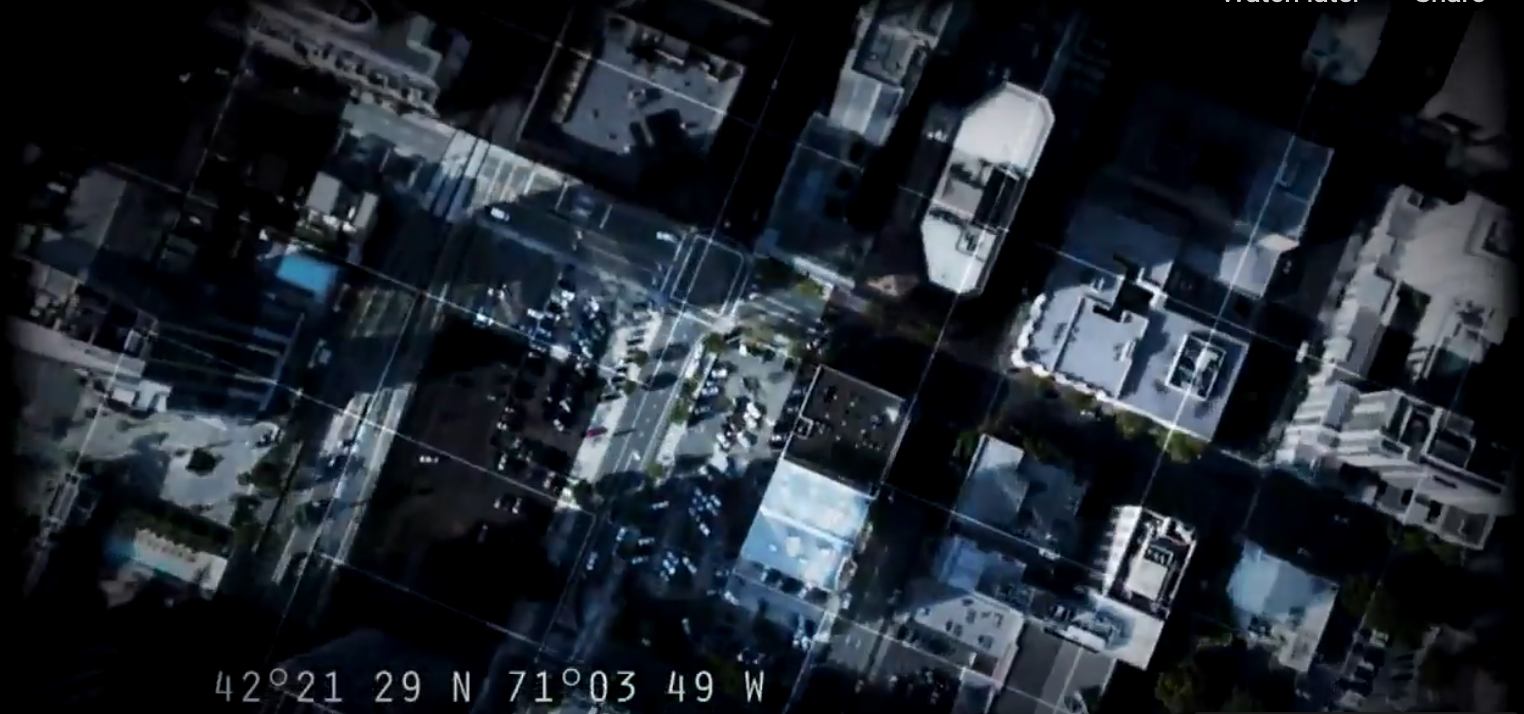
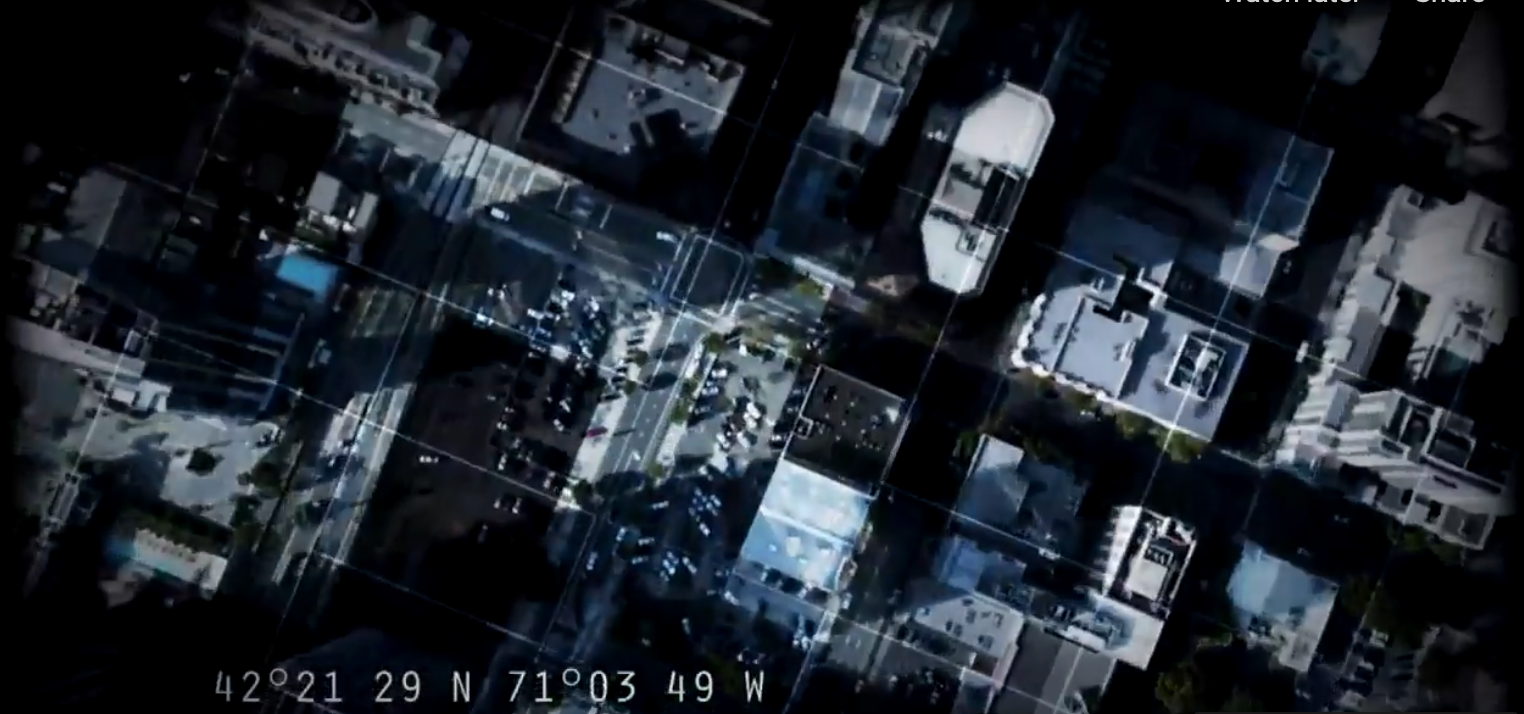
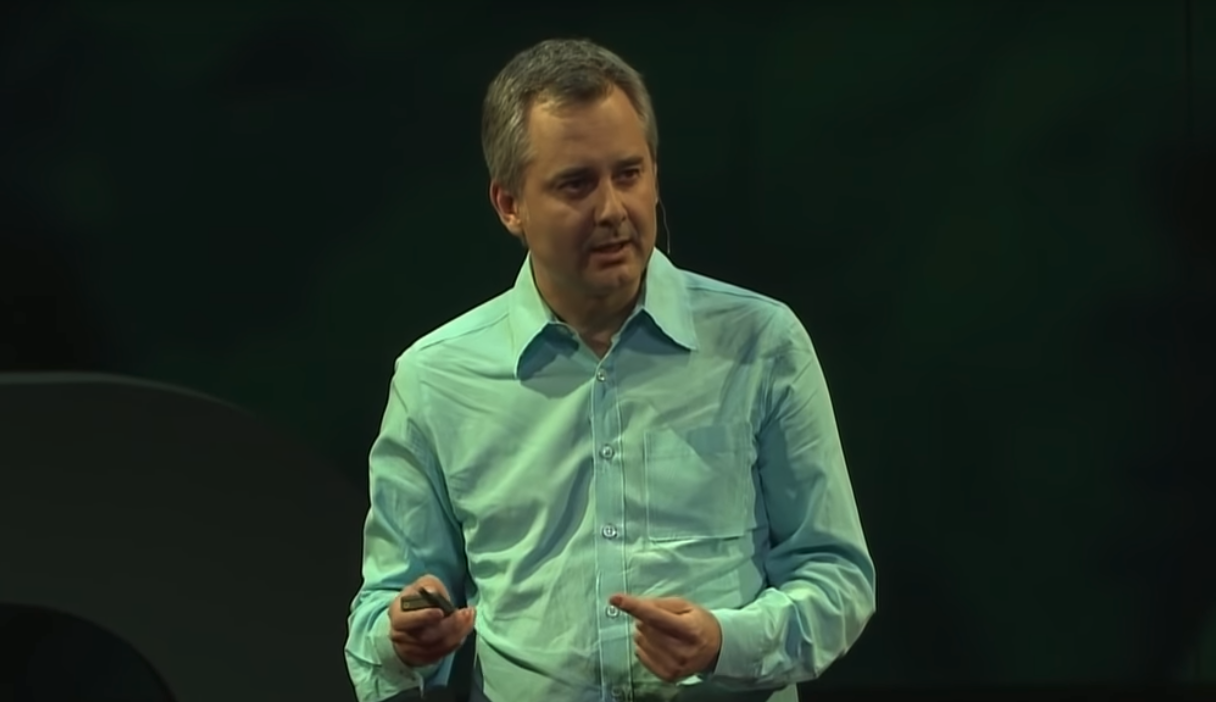





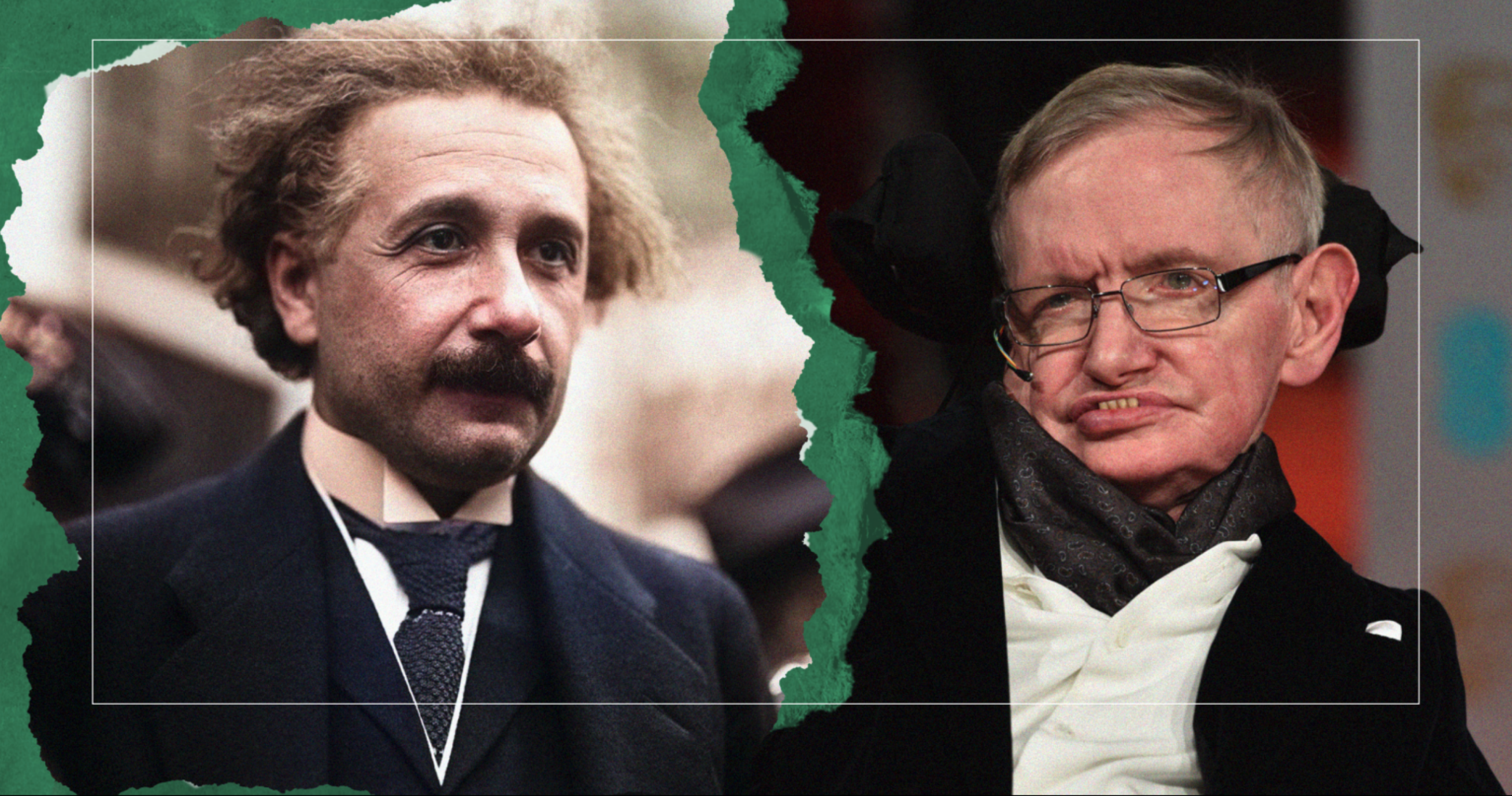
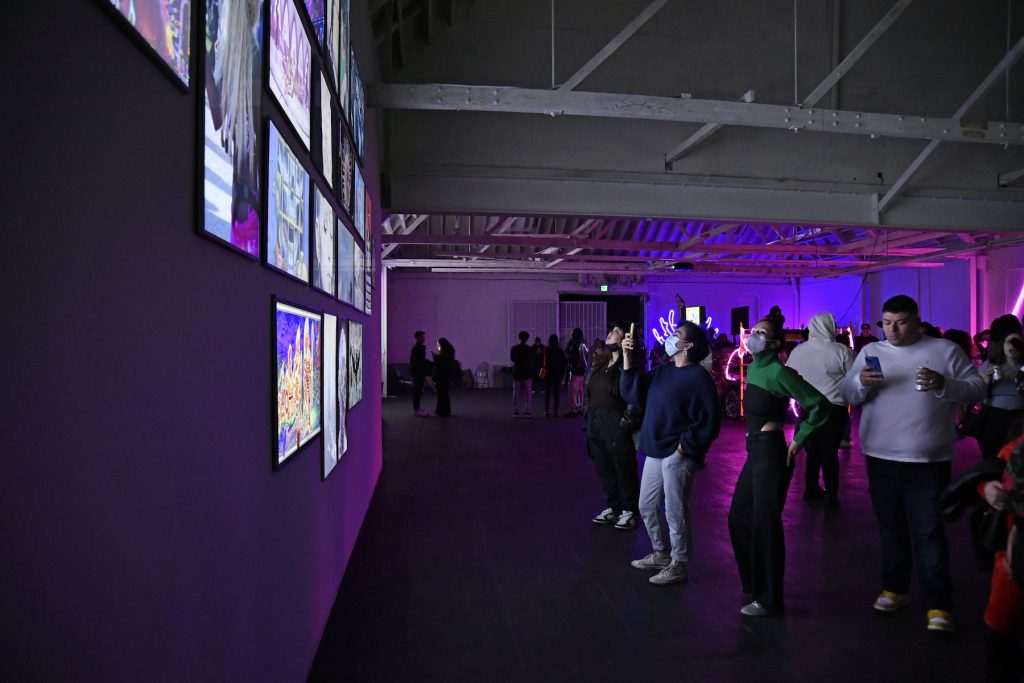

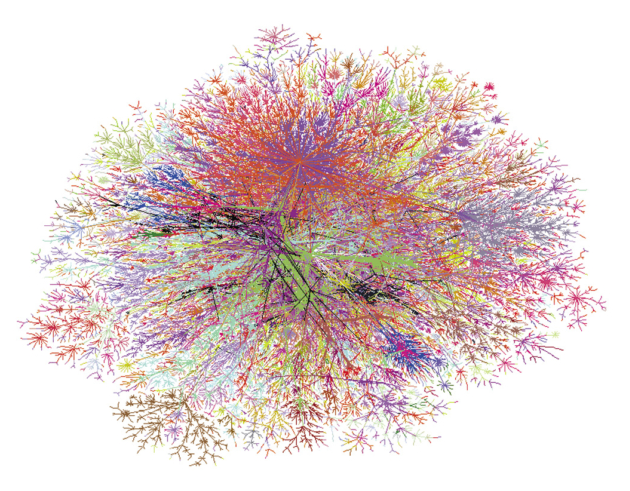

Contact
Social